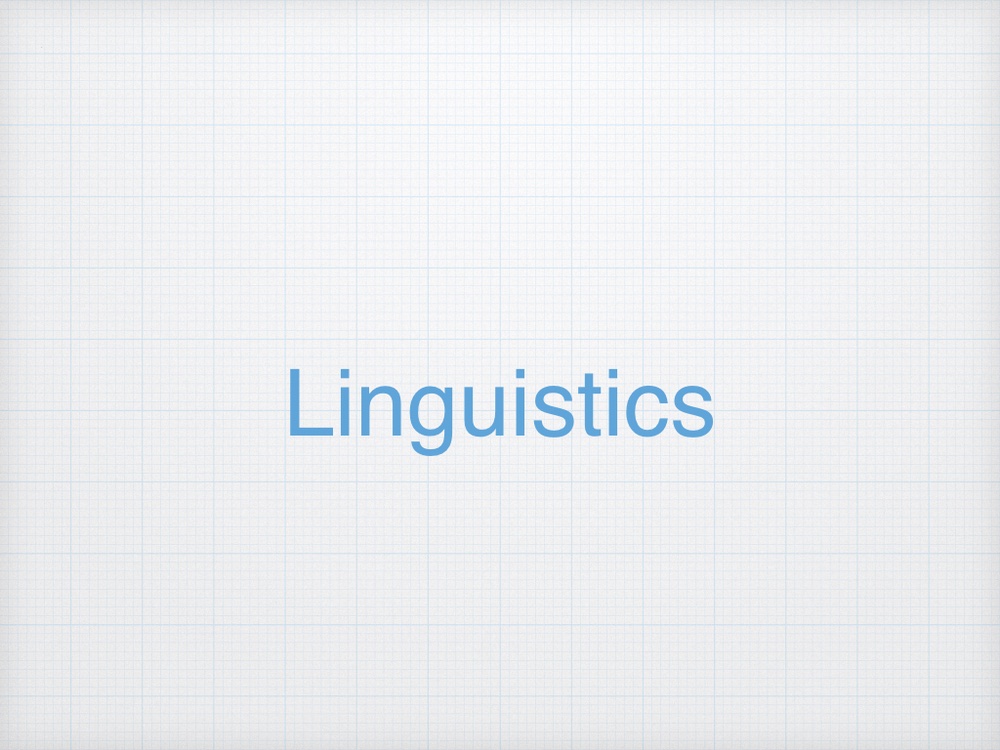派生自体
ゼロ派生(zero derivation)は語彙素にゼロ(ヌル)の派生接辞を付加するものである.
これをLyons (1977)は次のように定式化していた.
これに対して,Lyons (1977)はより一般的な式も提示しており,この式 (6) は, より一般的な式 (7) の特殊例とみなすことができる.
The formula given above as (6) can therefore be seen as a particular instance of
where VN q is a class of deverbal nominalizing suffixes (of which the identity-element, or zero, is one and -ion, -aI, -ment, etc., are others). Conversion, or zero-derivation, is very productive in English; and it is usually, though not always, clear which of the pair of lexemes related by conversion is simple and which is complex in terms of the general patterns of derivation manifest in the language.
So much by way of general background to the notion of derivation.
The formulae are purely ad hoc; but they will serve the present purpose, and we do not want to go into more detail than is strictly necessary.
(Lyons 1977,p.523)
上記で提示された式 (6) は, 次のより一般的な形式の特定の一例として解釈することができる.
ここで VNq は動詞起源の名詞を形成する接尾辞のクラスを表し, この中には同一要素(identity-element), すなわちゼロ(∅)も含まれるが, 他にも -ion, -al, -ment などが存在する.英語においては, conversion(転換)あるいは zero-derivation(ゼロ派生)は非常に生産的な形態的プロセスである. そして通常, とはいえ常にではないが, conversion によって関連づけられた語彙素のペアのうち, どちらが単純でどちらが複合であるかは, 言語に見られる派生の一般的パターンに基づいて明確に判断される.
以上が, 派生という概念に関する一般的な背景である.ここで提示された公式はあくまでアドホックなものであるが, 現段階における目的には十分に資するものであり, 必要以上の詳細には立ち入らないこととする.
(ChatGPT 訳)
アドホックなものであるという文言はあるが,一般化するという観点において非常に分かりやすいものになっている.ここにゼロ(∅)が代入されるものがZero Derivationであり,-ion, -al, -mentなどが入るものが派生(Derivation)と言えるであろう.
参考文献
- Lyons, J. (1977). Semantics (Vol. 2). Cambridge university press.
- Vaneva, M., & Bojadjiev, M. (2020). English zero derivation revisited: Nouning and verbing in online business articles. International Journal of English Linguistics, 10(6), 307-321.

